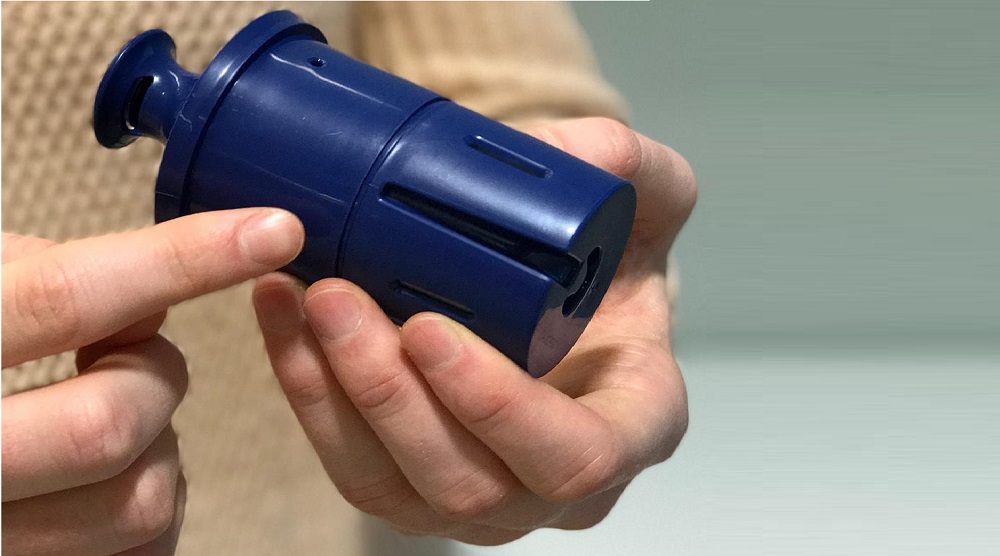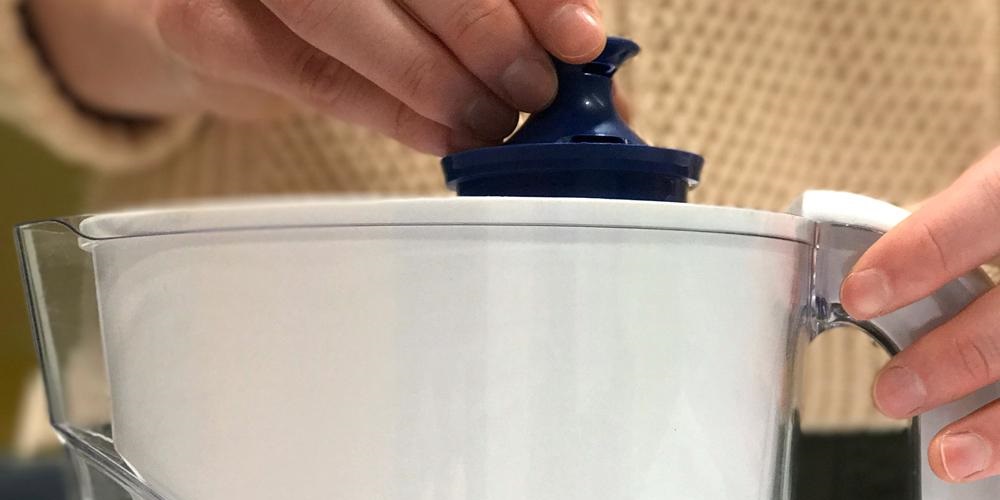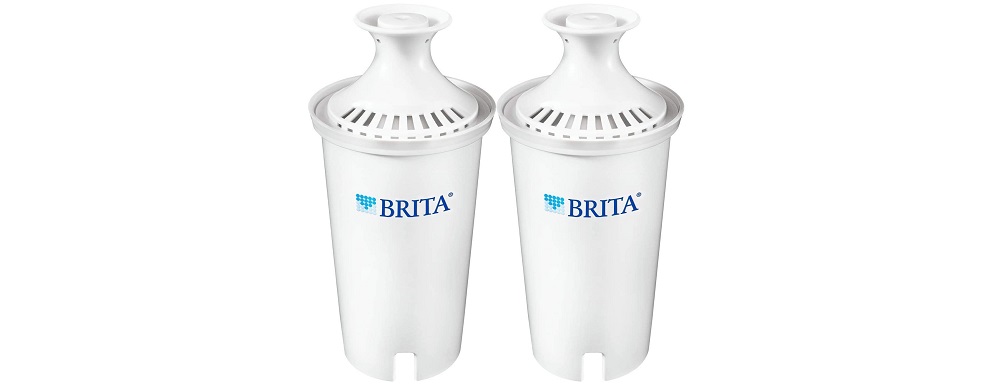The simplest way to get the cleanest drinkable tap water imaginable is by using a water filter. The best filters come in many names, but the Brita brand has and continues to impress. Today, we’re going to compare Brita’s Longlast against their Standard water filter and replacement filter packs. Although the Brita name does hold some weight, let’s see what these products have to say for themselves.

Brita Longlast Replacement Filters
6-month Filter Life
The Longlast truly lives up to its name. Each Longlast filter is designed to filter for up to six consecutive months or 120 gallons of water, whichever comes first. Essentially, only two filters (at least) are needed every year so you won’t end up spending too much on replacements.

Longlast filters can be purchased in singles or packs of two. The latter will provide at most an entire year of clean water, particle-free water for you and your family to enjoy.
Removes 13 Contaminants
This filter outclasses the Brita Standard and many other water filters by how many types of contaminants it removes. Based on reports by Brita, the Longlast traps chlorine (taste and smell), benzene, asbestos, cadmium, and lead (up to 99%) from getting into your drinking water.
No Pre-Soak Required
Using the Longlast water filter is as simple as can be. The fine meshes, absorbents, and fibrous matrix do not need to be saturated in water before using. You just pop it into whatever Brita filter you have and in moments, you’ll have perfectly drinkable water.

NSF/ANSI 53-Certified
Ideally, the water filter (and pitcher) should have an NSF/ANCI label that depicts its meeting of strict health and sanitary standards. This certification lets consumers know that the product has been thoroughly tested and safe to drink by removing health-impairing contaminants. With the Brita Longstand and Standard, you won’t have to look hard to find the label—their website lists both of these products as NSF/ANSI 53-certified.
Brita Standard Replacement Water Filters
2-month Filter Life
Now onto the Standard. Each Standard water filter has a lifespan of around two months or 40 gallons which, after looking at the Longlast, doesn’t seem that impressive. However, with a 40-gallon filtration capacity, that’s around 640 cups of clean, healthy water or the equivalent of between 64 and 128 pitchers of water (based on Brita’s line of compatible pitchers).
Removes 4 Contaminants
As a “standard” water filter, you can expect it to remove the most basic of elements from tap water. Like the Longstand, it works at removing zinc, cadmium, mercury, chlorine (taste and smell), and copper. Unfortunately, it won’t do any to stop lead, but in most places across the globe, this won’t be an issue, especially if you don’t draw water from a backyard well.

Discard First 3 Pitchers (30 cups)
Similar to the Longstand, the Standard doesn’t require pre-soaking to activate its filters and metal-attracting meshes, but it does leave a carbon residue after when installing a fresh filter.
To get the filter started, you’ll have to dump out the first 30 cups (three to six pitchers depending on your Brita pitcher model). Use cold water to remove excess carbon dust from the inside of the filter.
Compatible with all Non Stream® Pitchers
Brita has several lines of great water pitchers to choose from. The Stream® line is one of the most advanced and doesn’t require pre-soaking or throwing out the first couple of pitchers to get the filter fully activated.
However, the Standard and Longlast alike do not fit in Stream® pitchers—you’ll need a Grand, Everyday, Metro, or one of the other numerous lines of pitchers that is compatible with the filter.
Ineffective against Bacteria or Viruses
As great as they are, both the Standard and Longlast are not designed to remove bacteria and viruses from your drinking water.
This is because these microorganisms do not cling onto the activated carbon filter within so they’ll pass freely from top to bottom.

Brita Longlast vs. Standard Water Filter: Which Should I Get?
After seeing what each type of Brita water filter has to offer, we can’t give you a definitive answer regarding which of the two is the better overall filter. Deciding on which would be the better option depends on the sort of contaminants you have running through your tap.
If the Standard’s removing capacity isn’t enough, then the Longlast might just do the trick. If lead isn’t a problem, then the Standard would be the more cost-effective, albeit shorter-lasting, the filter of choice.

If you have any comments, please add them below. Similarly, please let us know if you spot any errors.



